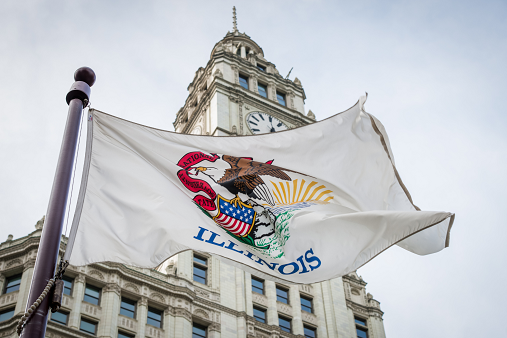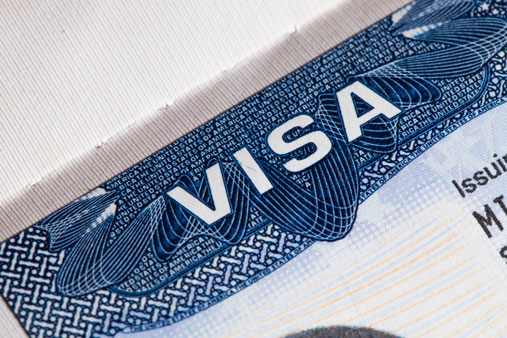The United State Supreme Court on Friday set oral arguments for Nov. 26, 2012, in Vance v. Ball State University, Docket No. 11-556, in which the Court is expected to address the issue of who is a “supervisor” for purposes of employer liability for sexual harassment under Title VII. The question highlights a split among federal circuit courts of appeal on the definition of supervisors, and we provided additional details on the facts of the case in our prior blog entry when the Court granted the petition for writ of certiorari . Although the U.S. Supreme Court likely will use the Vance v. Ball State case to provide more clarity on the application of Title VII in the context of supervisory harassment, building upon its decisions in Faragher and Ellerth, it is important to remember that the U.S. Supreme Court’s ruling will not be the end of the issue for employers in Illinois.
In particular, the Illinois Supreme Court’s 2009 ruling in Sangamon County Sheriff’s Department v. Illinois Human Rights Commission makes clear that there are distinct differences in state law when it comes to employer liability for sexual harassment by supervisory personnel. The Illinois Supreme Court held in Sangamon County that case law interpreting Title VII was not useful in the analysis of the Illinois Human Rights Act because the Illinois Act has a strict liability provision for sexual harassment and, thus, is different than Title VII. So, in Illinois , the law remains that an employer can be strictly liable for sexual harassment if a supervisor engaged in the conduct in question and if the conduct is proven to rise to the level of sexual harassment under the law. Put another way, in Illinois an employer is directly liable for sexual harassment by someone in a supervisory position – regardless of whether the person actually supervised the complaining party or had the power to hire and fire and regardless of whether the employer knew of the offending conduct or took measures to correct the conduct. So while employment law practitioners will eagerly await the U.S. Supreme Court’s opinion in the Vance v. Ball State University case for its interpretation and application of Title VII’s obligations with respect to liability for workplace harassment, employers – particular those with employees in Illinois – should continue to be vigilant in holding all supervisors at all levels responsible for maintaining a workplace that is free of sexual harassment.
To Avoid Employer Liability for Harassment, Keep an Eye on “Supervisors”
Subscribe
Do you want to receive more valuable insights directly in your inbox? Visit our subscription center and let us know what you're interested in learning more about.
View Subscription Center










